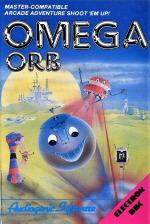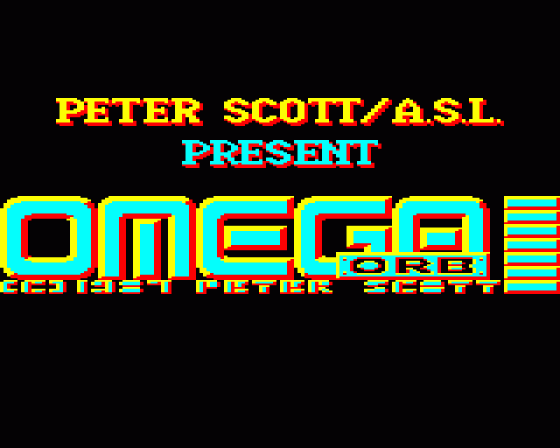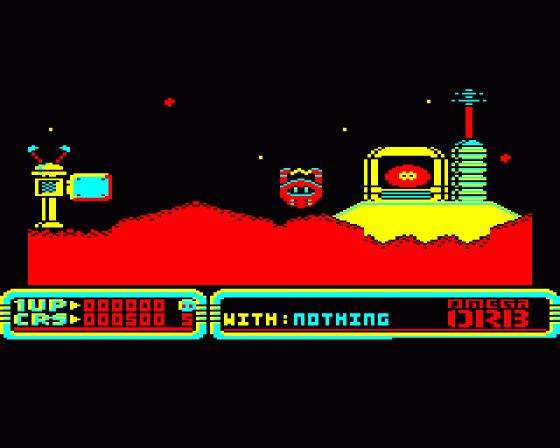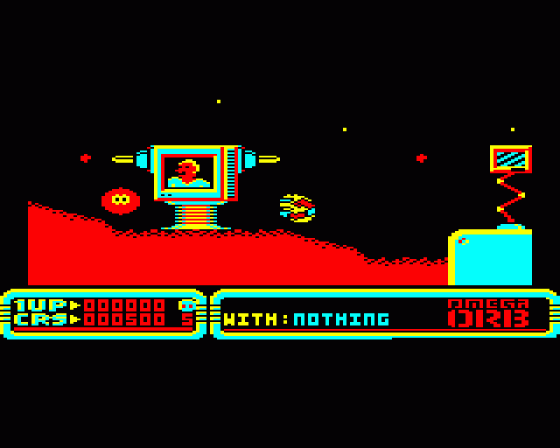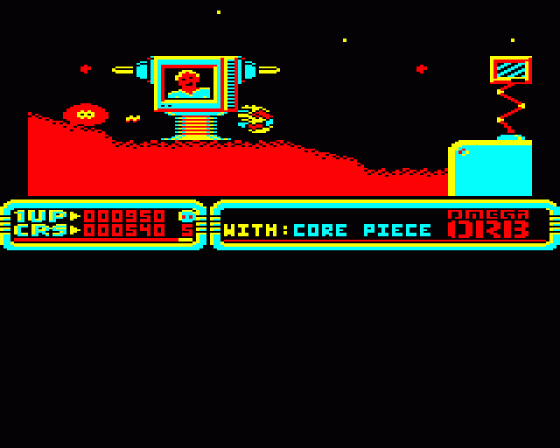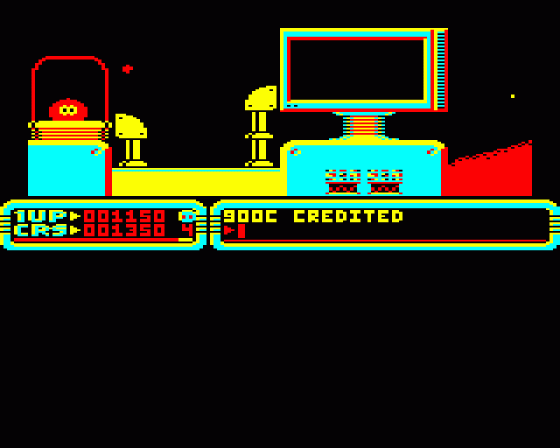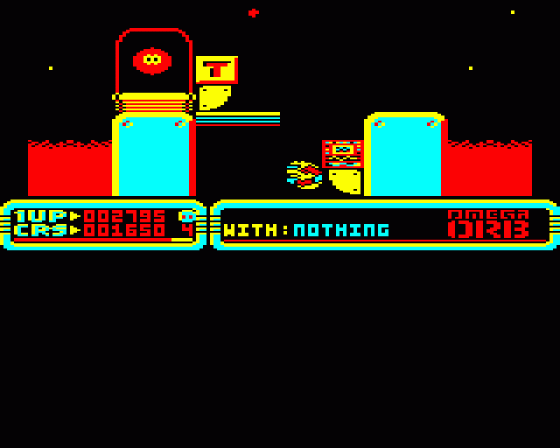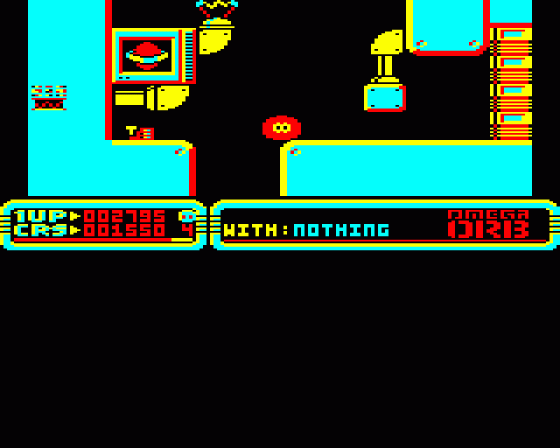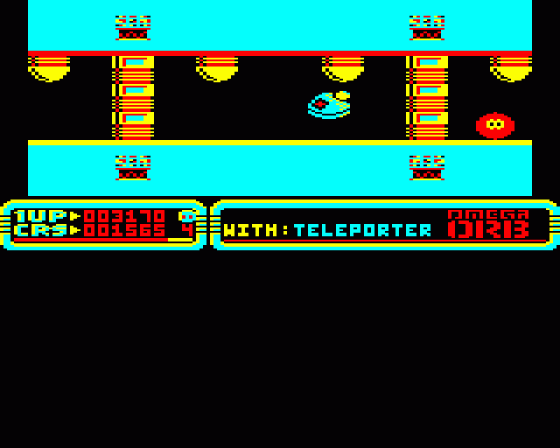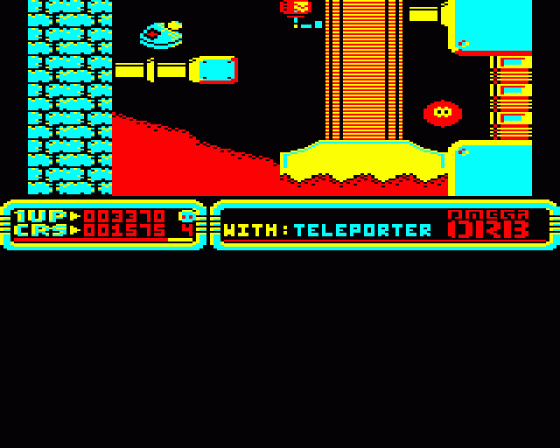Other Reviews Of Omega Orb For The BBC/Electron
Omega Orb (Audiogenic)
A review by Martin Reed (Electron User)
Omega Orb (Audiogenic)
A review by Dave Reeder (A&B Computing)
Omega Orb (Audiogenic)
Bouncing Along
Omega Orb (Audiogenic)
A review by Martin Reed (The Micro User)


 26th August 2018
26th August 2018